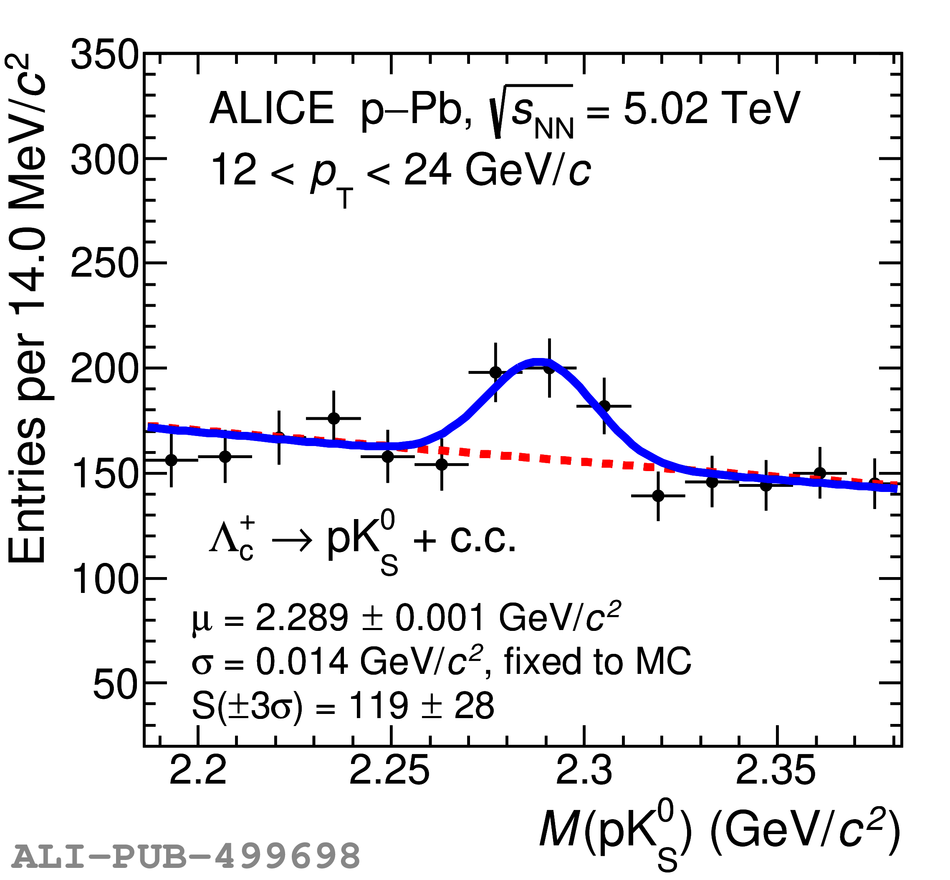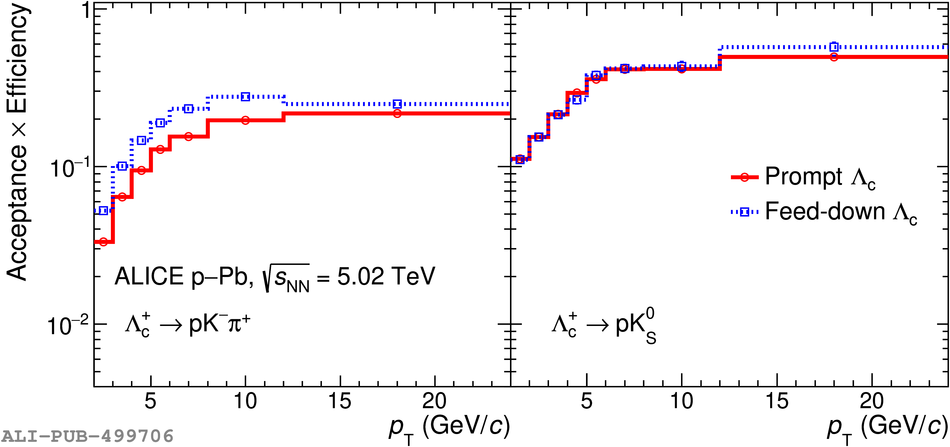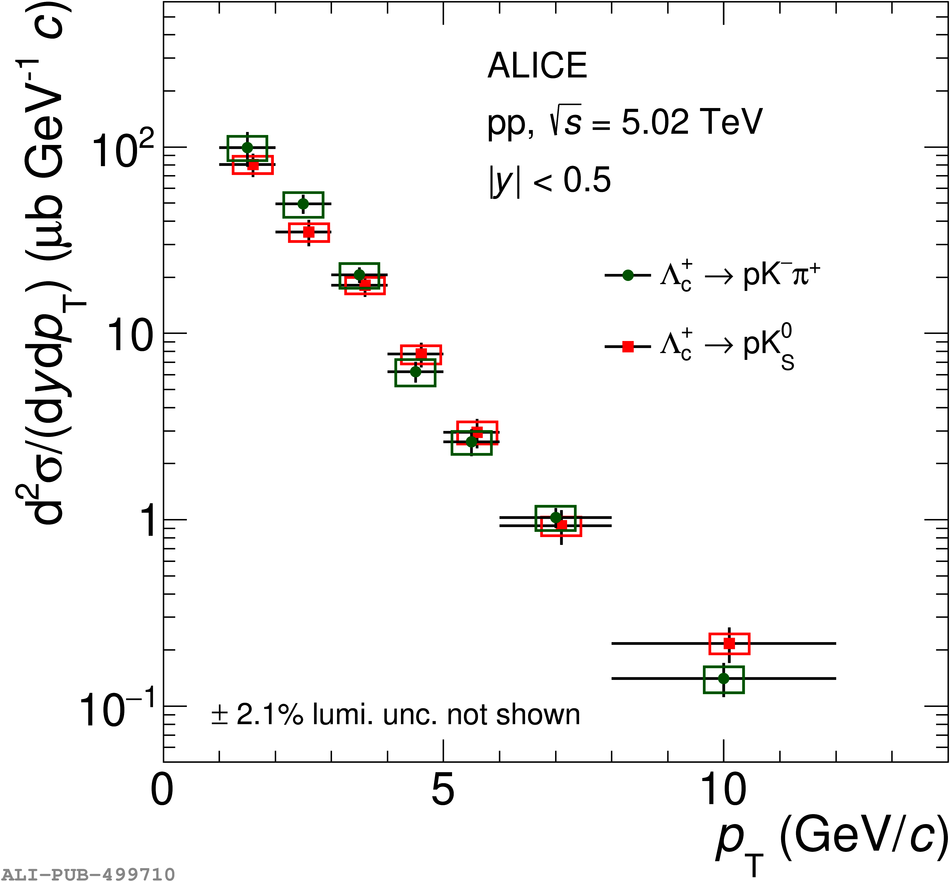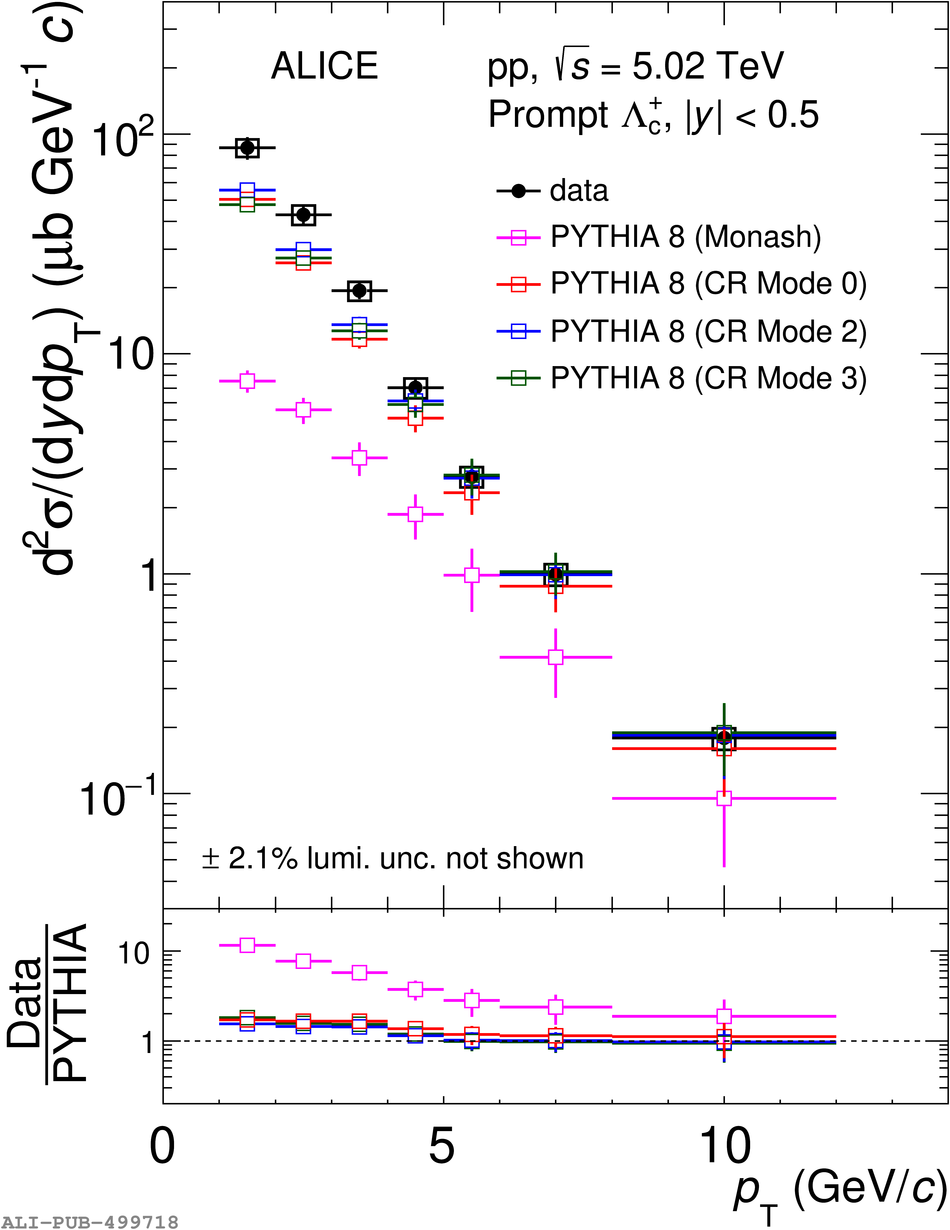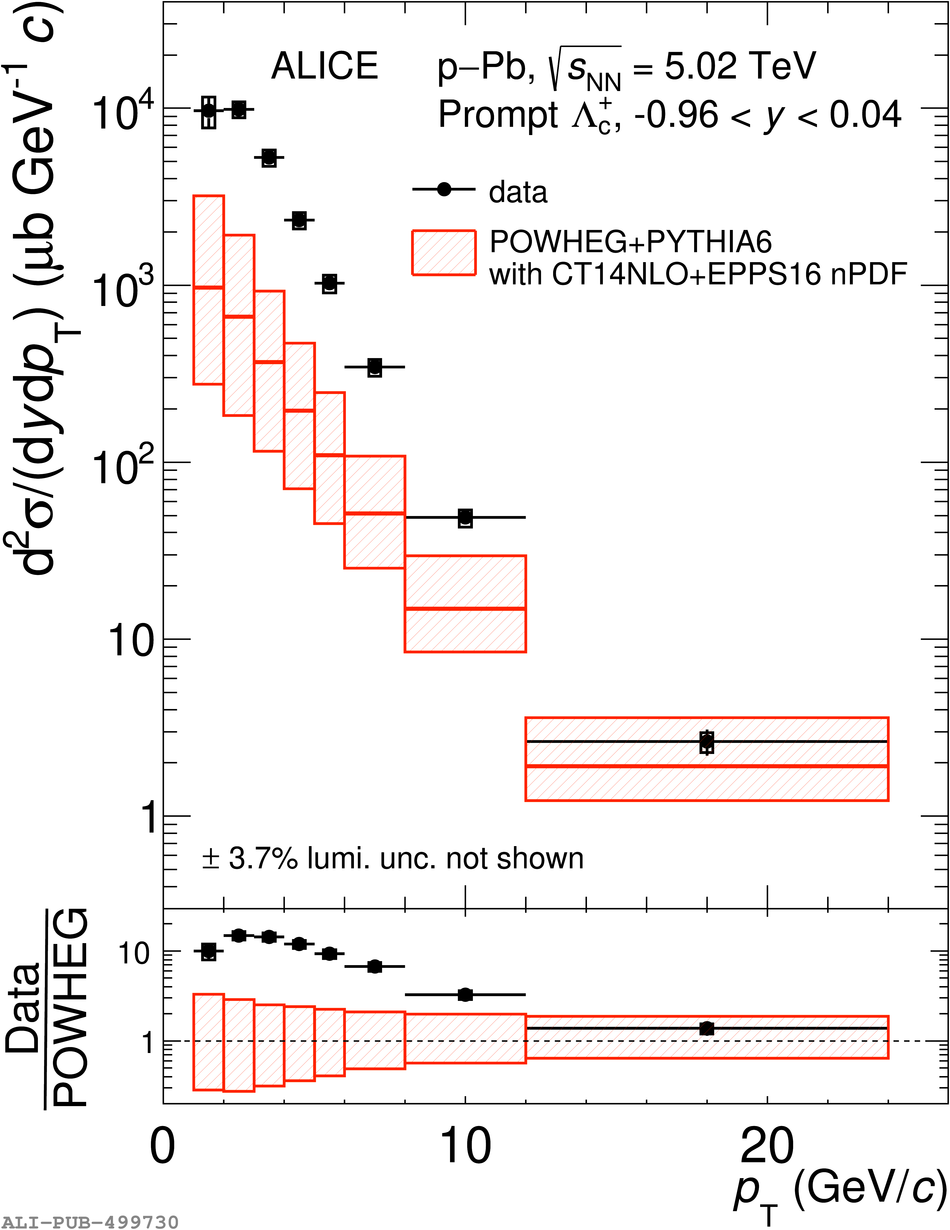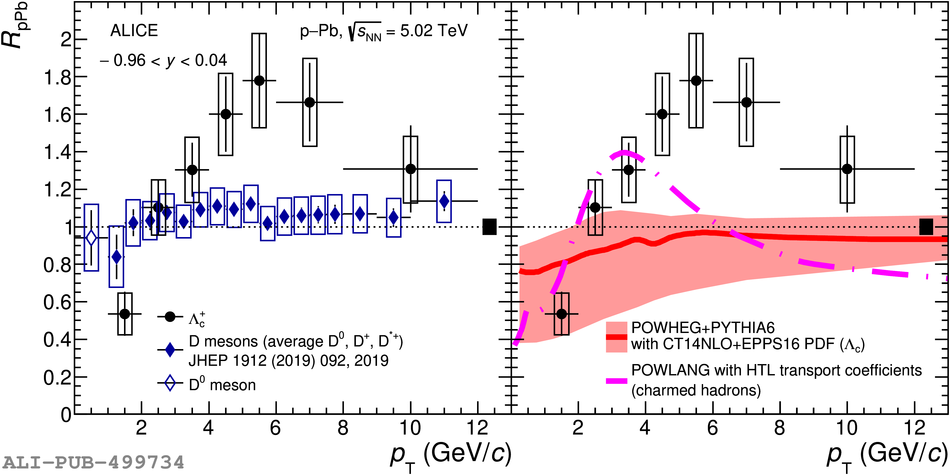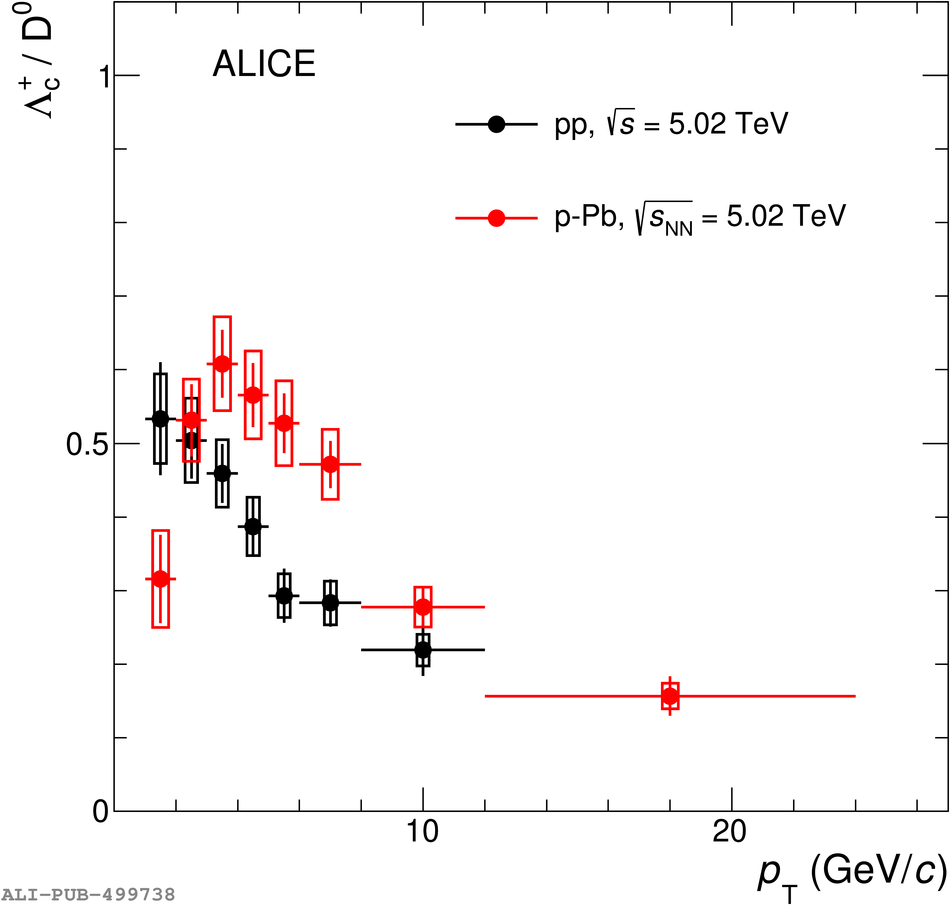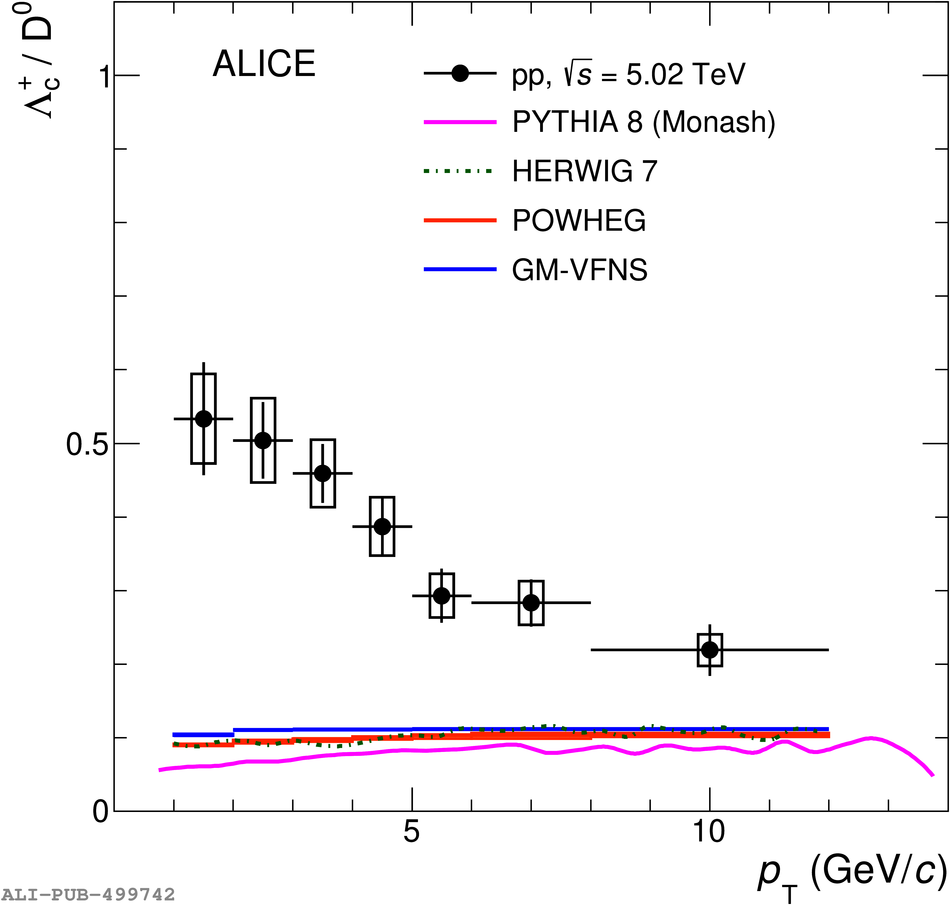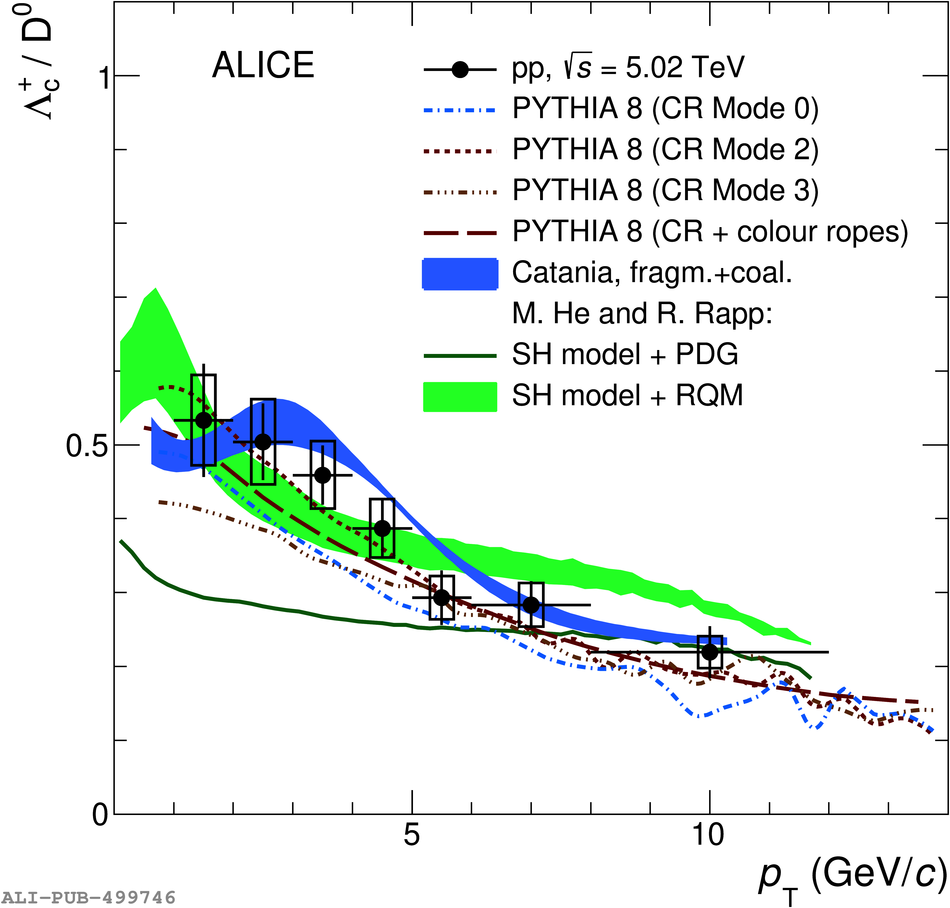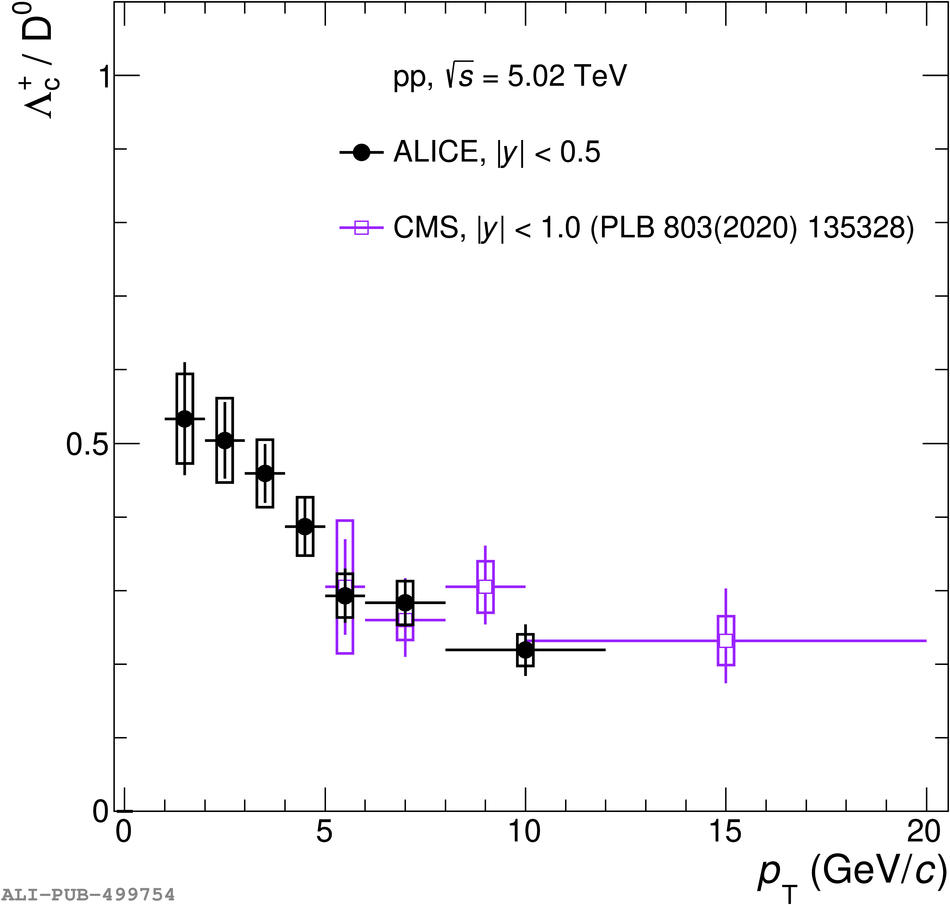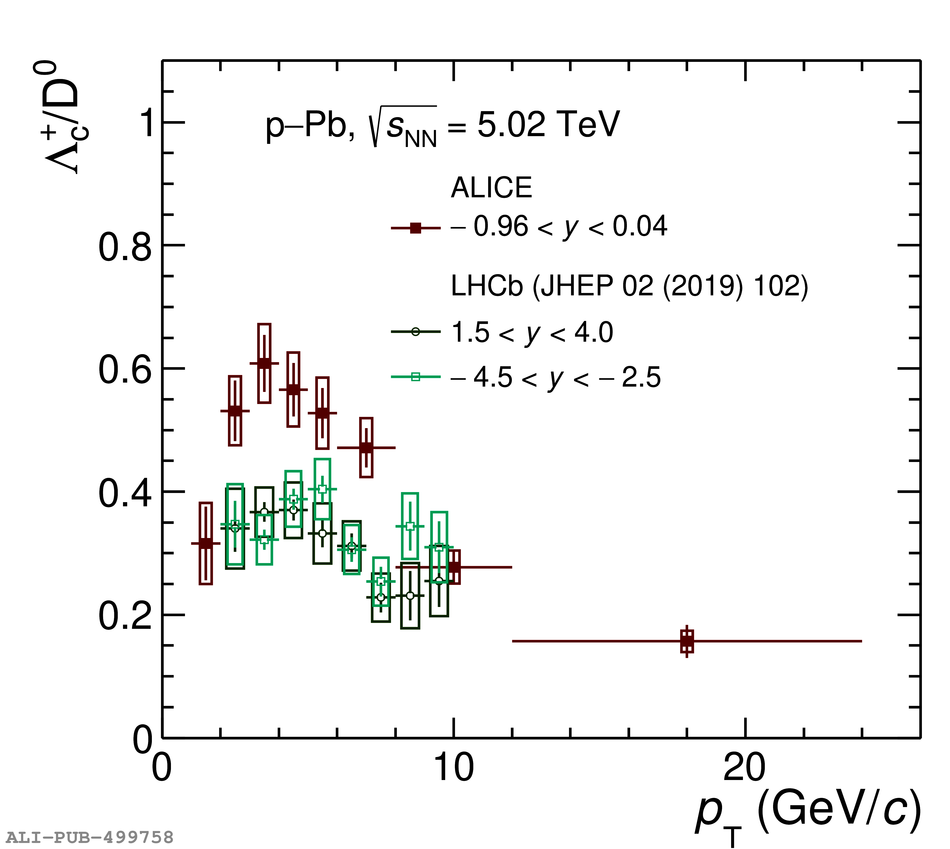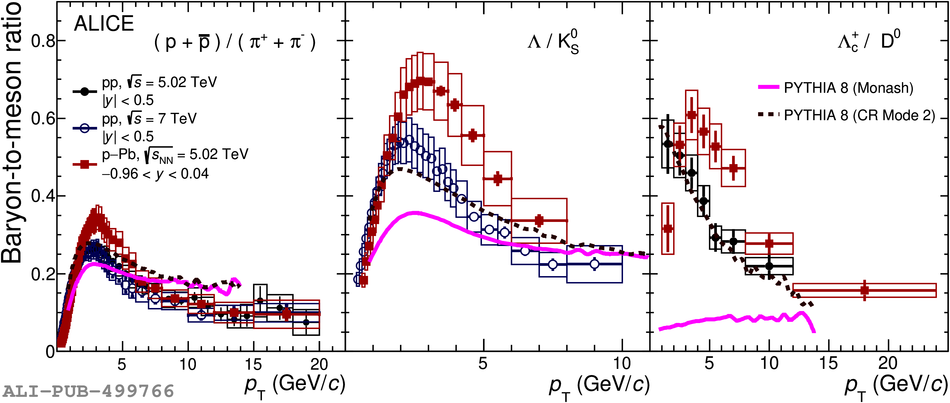The production cross section of prompt $\mathrm{\Lambda_{c}^{+}}$ charm baryons was measured with the ALICE detector at the LHC at midrapidity in proton-proton (pp) and proton-lead (p-Pb) collisions at a centre-of-mass energy per nucleon pair of $\sqrt{s_\mathrm{NN}} = 5.02$ TeV. The $\mathrm{\Lambda_{c}^{+}}$ and $\rm {\overline{\Lambda}{}_c^-}$ baryons were reconstructed in the hadronic decay channels $\rm \Lambda_{c}^{+} \rightarrow p K^{-}\pi^{+}$ and $\rm \Lambda_{c}^{+}\to p K^{0}_{S}$ and respective charge conjugates. The measured differential cross sections as a function of transverse momentum ($p_{\rm T}$) and the $p_{\rm T}$-integrated $\mathrm{\Lambda_{c}^{+}}$ production cross section in pp and in p-Pb collisions are presented. The $\mathrm{\Lambda_{c}^{+}}$ nuclear modification factor ($R_\mathrm{pPb}$), calculated from the cross sections in pp and in p-Pb collisions, is presented and compared with the $R_\mathrm{pPb}$ of D mesons. The $\mathrm {\Lambda_{c}^{+}}/\mathrm {D^0}$ ratio is also presented and compared with the light-flavour baryon-to-meson ratios p$/\pi$ and $\Lambda /\mathrm {K^0_S}$, and measurements from other LHC experiments. The results are compared to predictions from model calculations and Monte Carlo event generators.
Phys. Rev. C 104 (2021) 054905
HEP Data
e-Print: arXiv:2011.06079 | PDF | inSPIRE
CERN-EP-2020-218
Figure group




